If you live in the Midwest, there’s a good chance you’ve heard the term “Tornado Alley.” This area of the country is known for its high frequency of tornadoes. But what you may not know is that this area is shifting east. In this article, we will answer some common questions about Tornado Alley Shifting East and provide information on what this means for you and your family. Stay safe!
Table of Contents
Research shows the shift
Research indicates that due to a combination of changing climate patterns, more extreme weather events, and an increase in population growth in the Midwest, Tornado Alley is shifting from its historical boundaries in the Great Plains to areas further east. This shift is causing an increase in tornado activity in states like Illinois, Indiana, Ohio and even into Pennsylvania.
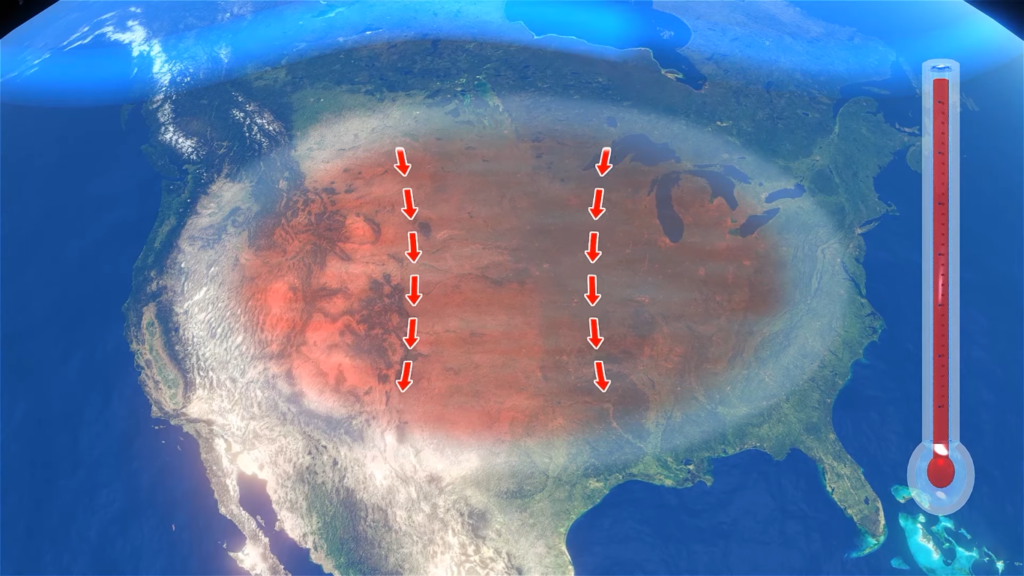
This shift has been particularly noticeable over the past 10 years. It was determined that there has been a significant increase in tornadoes within 100 miles of Lake Michigan since 2006. The number of violent EF-4+ tornadoes have also increased by nearly 50 percent compared to the previous decade leading up this time period.
The eastern shift could bring some drastic changes to the region. More areas could be at risk of experiencing tornadoes, and those in Tornado Alley may see a decrease in frequency of storms. As the number of storms increases in states further east, these states will need to develop better emergency response plans and increase tornado safety education for their citizens. [1]
Defining a long-term Tornado Alley is not easy
The definition of what constitutes Tornado Alley is somewhat up for debate. Depending on the source, it can refer to any area of high tornado activity, or a specific region defined by certain criteria. It’s also important to note that while Tornadoes are more frequent in these areas, they can happen anywhere in the country.
Some meteorologists and researchers define Tornado Alley as being made up of states such as Texas, Oklahoma, Kansas, Nebraska and South Dakota. Others suggest that it should include parts of the Midwest and Southeast including Arkansas, Missouri, Iowa and Illinois.
Despite this argument over definitions, there is an agreement among experts that the area known as Tornado Alley is shifting eastward due to changing climate patterns.
So where did the original map come from?
The map of Tornado Alley used today was created by meteorologist John Paul Walker in 1948. The first version of the map included states such as Texas, Oklahoma, Kansas and Nebraska. Since then, it has been modified several times to reflect changes in tornado frequency throughout the region.
Despite these modifications, many people still use Walker’s original map to identify Tornado Alley today. However, this outdated definition fails to take into account the changing climate patterns and tornado activity shifting eastward. To accurately reflect current conditions, future versions of the map should consider the shift towards the Midwest and Southeast regions.
Storm chasers see the shift
Storm chasers have been witnessing the eastward shift of Tornado Alley first hand. As more storms move further east, many are seeing an increase in tornado activity in states such as Indiana and Ohio that historically were not known for experiencing tornadoes.
In addition to these changes, storm chasers also report that storms appear to be moving slower than they used to, giving them more time to document the storms and capture stunning images.
What is Tornado Alley?
However, due to changes in climate patterns and population growth in the Midwest region, it appears that Tornado Alley is shifting eastward into states such as Illinois, Indiana and Ohio.
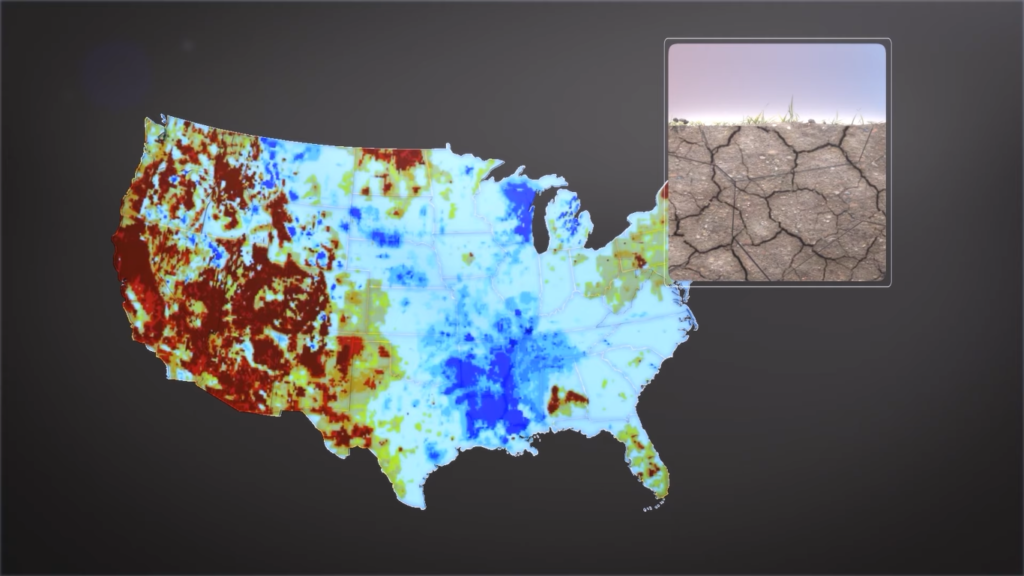
This shift means more areas are at risk for experiencing dangerous storms and tornado activity. As a result, it’s important for everyone living in these regions to stay informed about weather safety and prepared for potential severe weather conditions. Knowing what to do ahead of time could help save lives when severe weather strikes! [2]
What states are in Tornado Alley?
The traditional definition of Tornado Alley includes parts of Texas, Oklahoma, Kansas and Nebraska. However, due to an eastward shift in tornado activity caused by climate change, many people also consider states such as Arkansas, Missouri, Iowa and Illinois to be part of Tornado Alley.
It’s important to note that tornadoes can occur anywhere in the United States and this region is not limited to the area known as Tornado Alley. All areas should stay informed about severe weather conditions and develop emergency plans in case a storm strikes.
By taking these steps now, we can better prepare for changing weather patterns and ensure everyone stays safe during dangerous storms!
Where did the term ‘Tornado Alley’ come from?
The term ‘Tornado Alley’ was first coined by meteorologists Major Ernest J. Fawbush and Captain Robert C. Miller in 1952. They used the term to identify an area where tornadoes were more likely to occur, based on data collected from 1950-1951. [3]
Since then, the area known as Tornado Alley has been identified differently by different people. Some suggest that it should remain limited to the four states in the traditional definition – Texas, Oklahoma, Kansas, and Nebraska. Others suggest that it should include parts of the Midwest and Southeast including Arkansas, Missouri, Iowa and Illinois. Despite this argument over definitions, there is an agreement among experts that the area known as Tornado Alley is shifting eastward due to changing climate patterns.
Can tornadoes occur anywhere in the U.S.?
The answer is yes – tornadoes can occur anywhere in the United States. However, certain areas experience an increased frequency of tornadoes compared to other parts of the country which is why Tornado Alley exists.
Due to climate change, many meteorologists agree that this area is shifting eastward towards the Midwest and Southeast regions so it’s important for everyone living in these areas to stay informed about severe weather safety and take action when necessary. Knowing what to do ahead of time can help save lives if a tornado strikes!
Is Tornado Alley shifting east?
Due to changes in temperature and pressure patterns, many meteorologists agree that Tornado Alley is shifting east. This shift means that more areas are at risk for experiencing dangerous storms and tornado activity in the future.
This shift also means that states that historically were not known for experiencing tornadoes may now be in danger of them. It’s important for everyone living in these regions to stay informed about weather safety and prepared for potential severe weather conditions. Knowing what to do ahead of time can help save lives when severe weather strikes!
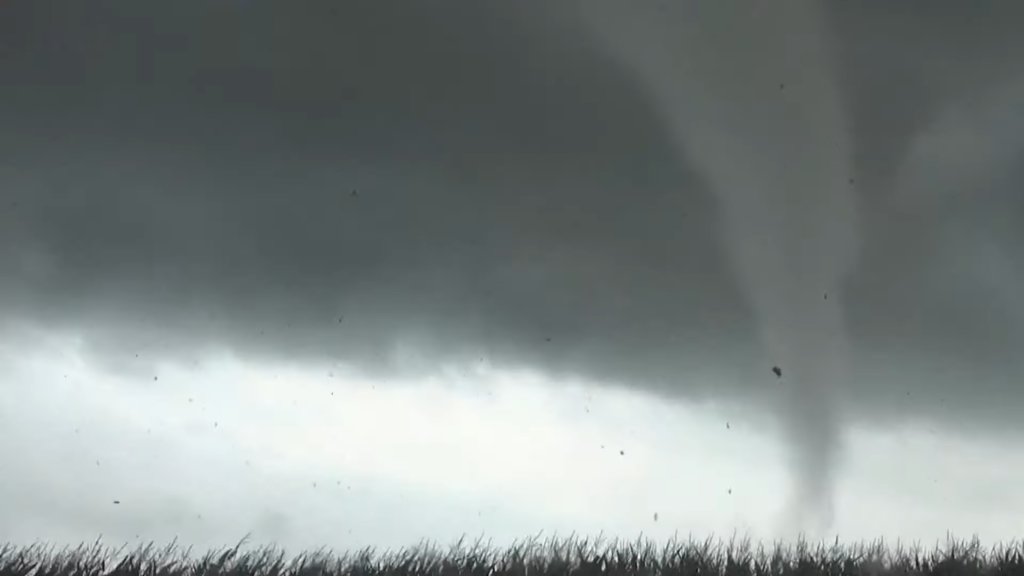
Is climate change to blame?
Climate change is likely playing a part in the shift of Tornado Alley eastward. Warmer temperatures and shifting pressure patterns could be affecting the stability of different regions and making them more susceptible to severe weather. Scientists are still studying this phenomenon and more research needs to be done before we can fully understand the role climate change plays in tornado activity. [4]
FAQ
Is the United States Tornado Alley shifting?
Yes, many meteorologists agree that Tornado Alley is shifting east due to climate change and shifting weather patterns. This shift means more areas are at risk for severe weather in the future.
Where is the new Tornado Alley in the United States?
The new Tornado Alley is thought to include parts of the Midwest and Southeast regions such as Arkansas, Missouri, Iowa, and Illinois.
Is Tornado Alley shifting south?
No, there is not yet evidence to suggest that Tornado Alley is shifting south. However, it is possible that some areas in the southern United States may see increased tornado activity due to climate change.
What state has the most tornadoes?
Useful Video: Is ‘Tornado Alley’ shifting east? | AccuWeather
Conclusion
Tornadoes have and will always have a notable presence in the United States, but where they will strike most is subject to change. To prepare for any future changes, it’s important to remain aware of what their tendencies are and be ready to act. While this is certainly an issue that demands more research, it appears that tornado alley may indeed be shifting eastward due to so many variables. We should all stay vigilant about the forces of nature and do our best to honor them whenever possible; adapting accordingly and finding opportunities wherever we can. Even if you don’t live in a tornado prone area, there is still much we can do to ensure preparedness, such as setting up drills or safety plans in case the event ever arises.
References
- https://www.accuweather.com/en/severe-weather/is-tornado-alley-shifting-east/1162839
- https://www.accuweather.com/en/weather-news/what-is-tornado-alley-2/432271
- https://en.wikipedia.org/wiki/Tornado_Alley
- https://www.cnn.com/2022/12/14/us/climate-change-affecting-tornadoes-xpn/index.html
- https://www.foxweather.com/learn/average-number-tornadoes-every-state

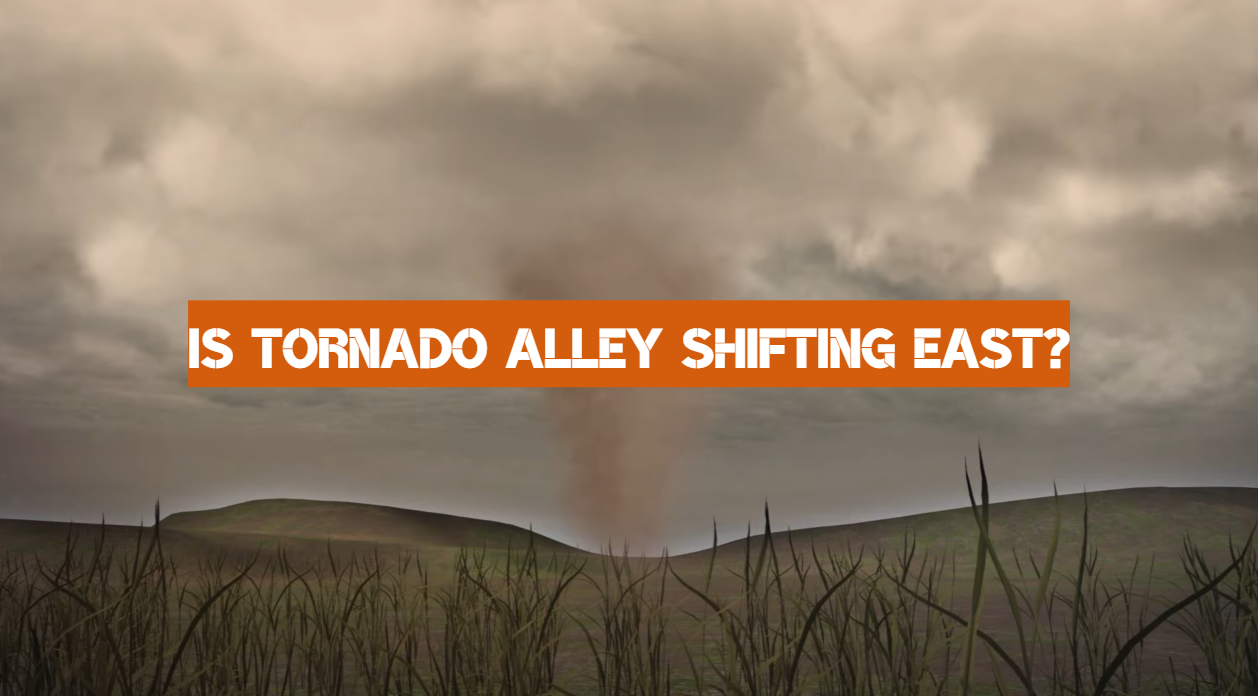
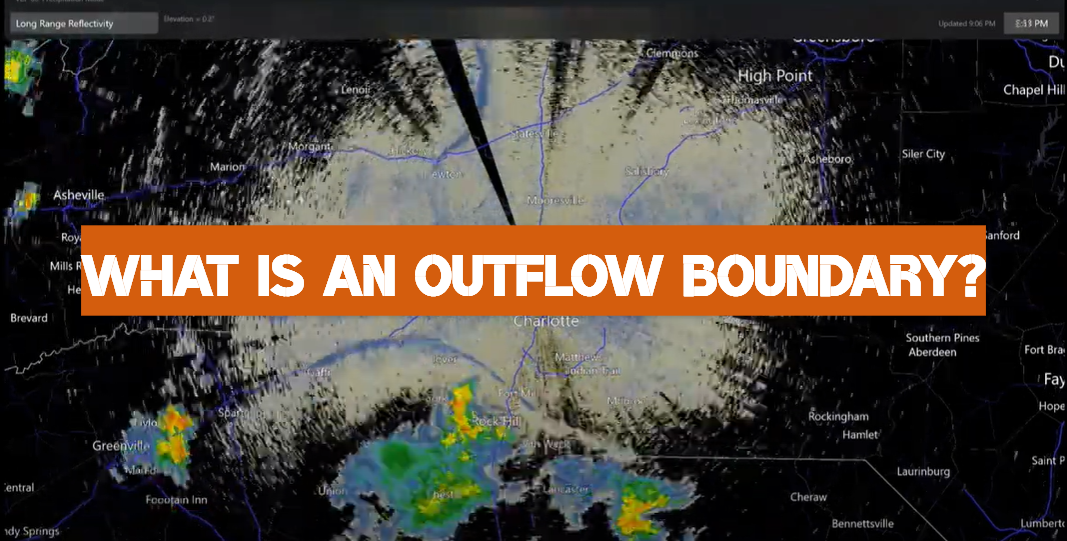
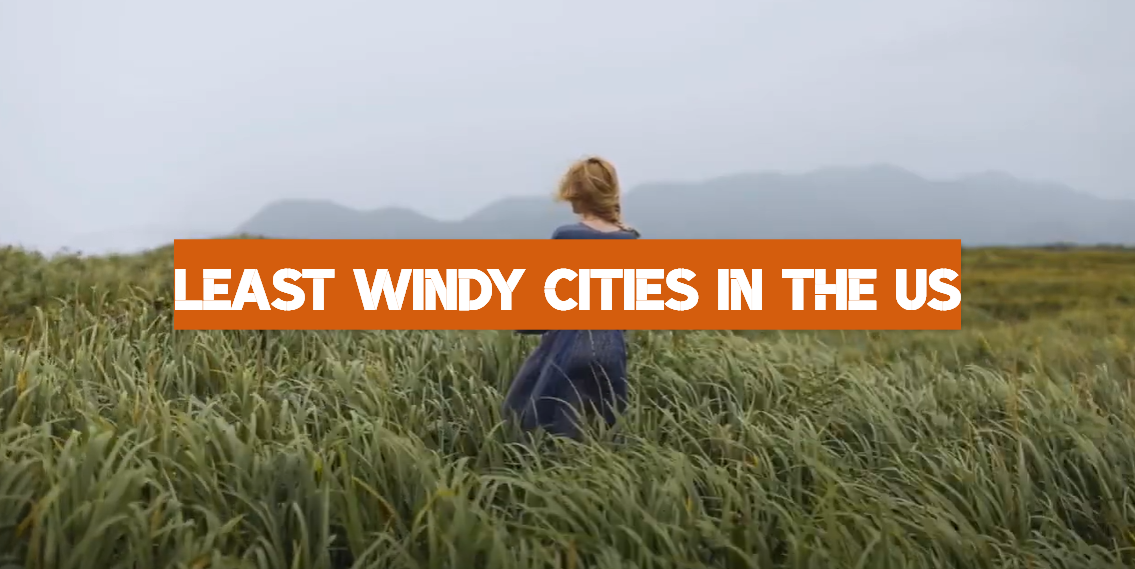
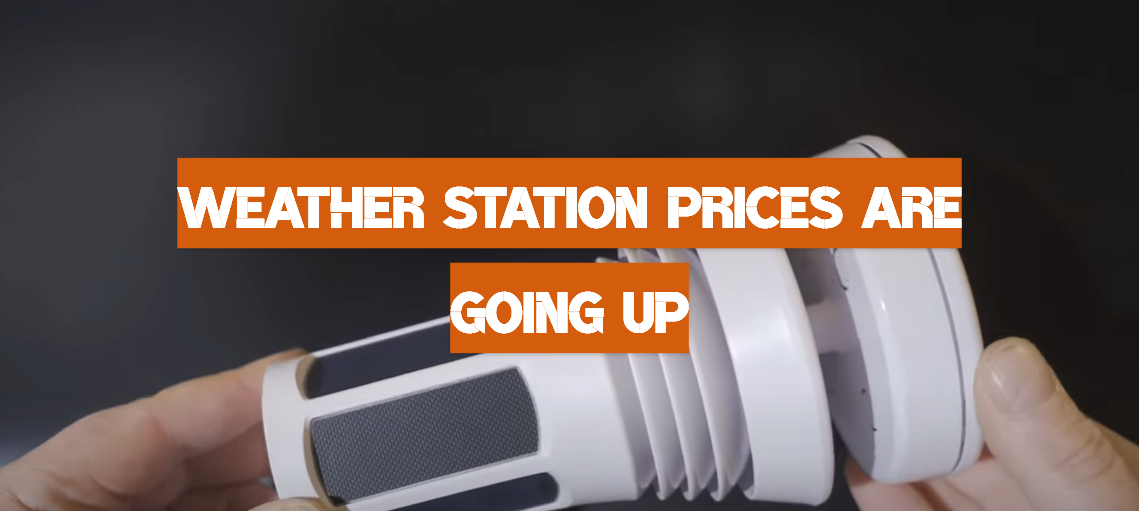
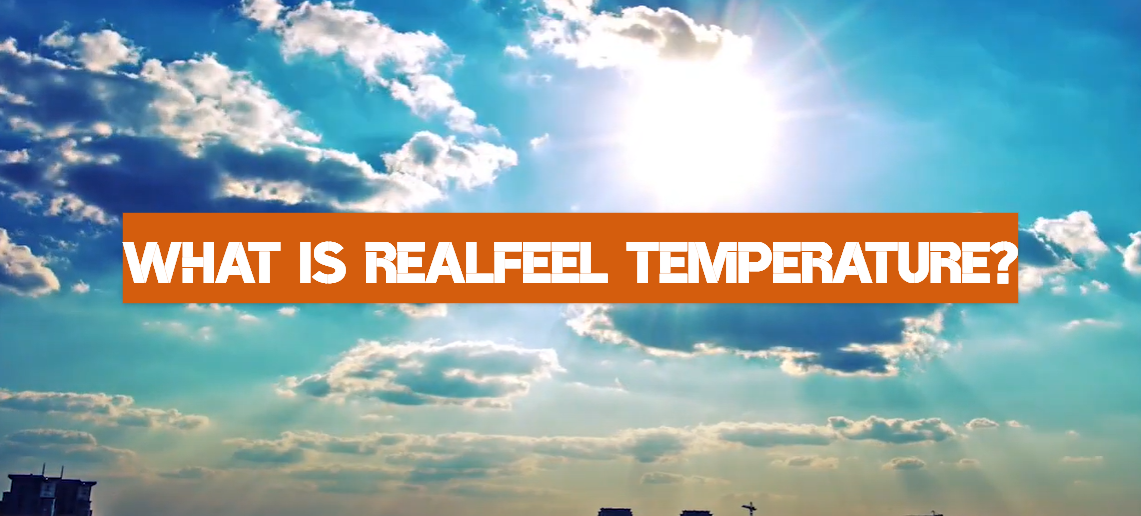
Leave a Reply